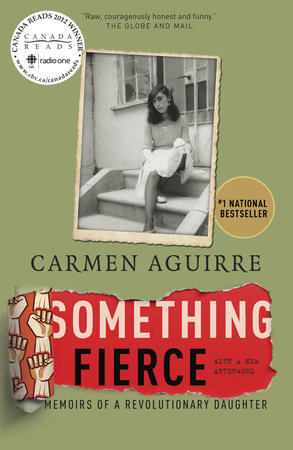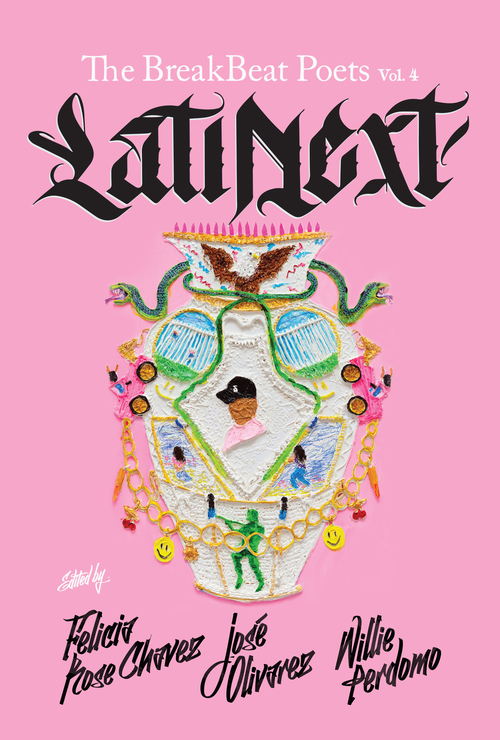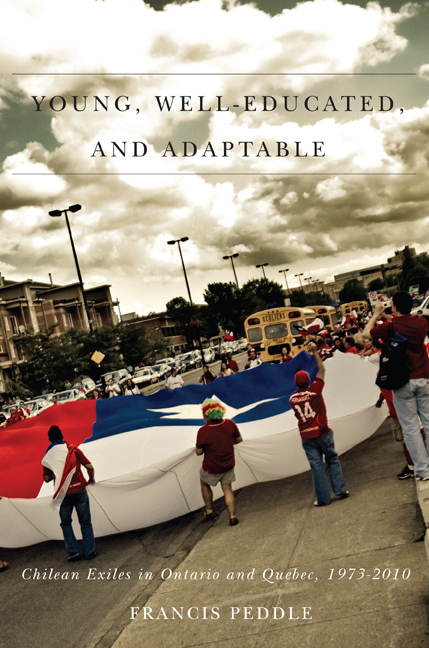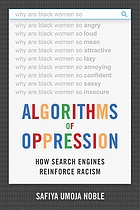In honour of Latin American and Hispanic Heritage month, our October book display invites you to explore the vibrant, complex, and deeply personal stories of Latinx diasporas in Canada and beyond. Entre mundos / Between Worlds brings together fiction, memoir, poetry, and scholarship that reflect the lived experiences of Latin American communities navigating migration, memory, and identity.
These books trace journeys across geographic, cultural, and emotional borders. They speak of homes left behind and new ones imagined, of identities shaped in motion, and of creativity born from displacement. Whether through the lens of revolutionary memoirs, diasporic art, digital storytelling, or speculative fiction, each work offers a unique perspective on what it means to live “entre mundos.”

Something Fierce: Memoirs of a Revolutionary Daughter follows six-year-old Carmen Aguirre as she flees Chile for Canada with her family after Pinochet’s 1973 coup. Five years later, Carmen returns to South America with her mother and stepfather—members of the Chilean resistance—and begins living a double life alongside her sister. By 18, she becomes a militant herself, navigating a world of secrecy, danger, and defiant hope.

Latinocanadá highlights the literary contributions of Hispanic writers who have settled in Canada over the past thirty years, offering newly translated selections of their work. Latin America Made in Canada delves into questions of cultural production and identity within the Canadian landscape. Meanwhile, books like Rock the Nation and LatiNext explore Latinx artistic expression—through music and poetry respectively—revealing how creativity flourishes across diasporic communities.

Young, Well-Educated, and Adaptable, along with the French-language titles Marche ou crève : voix migrantes de l’Amérique latine and Rencontres : écrivains et artistes de l’Argentine et du Québec, document the diverse experiences of Latin American immigrants in Quebec. Historias de Montreal offers a similar perspective through fictional narratives, capturing the imagined and lived realities of diasporic life.
The display also features popular writers such as Silvia Moreno-García, a Mexican-Canadian author whose novels—Silver Nitrate, Mexican Gothic, and Velvet Was the Night—blend history, horror, and noir with Latinx sensibilities. Also included is Montreal-based Chilean author Nicholas Dawson, represented by works like Partir de loin, Désormais, ma demeure, Se faire éclaté.e : expériences marginales et écritures de soi, and House within a house, which explore themes of marginality, identity, and self-expression.



